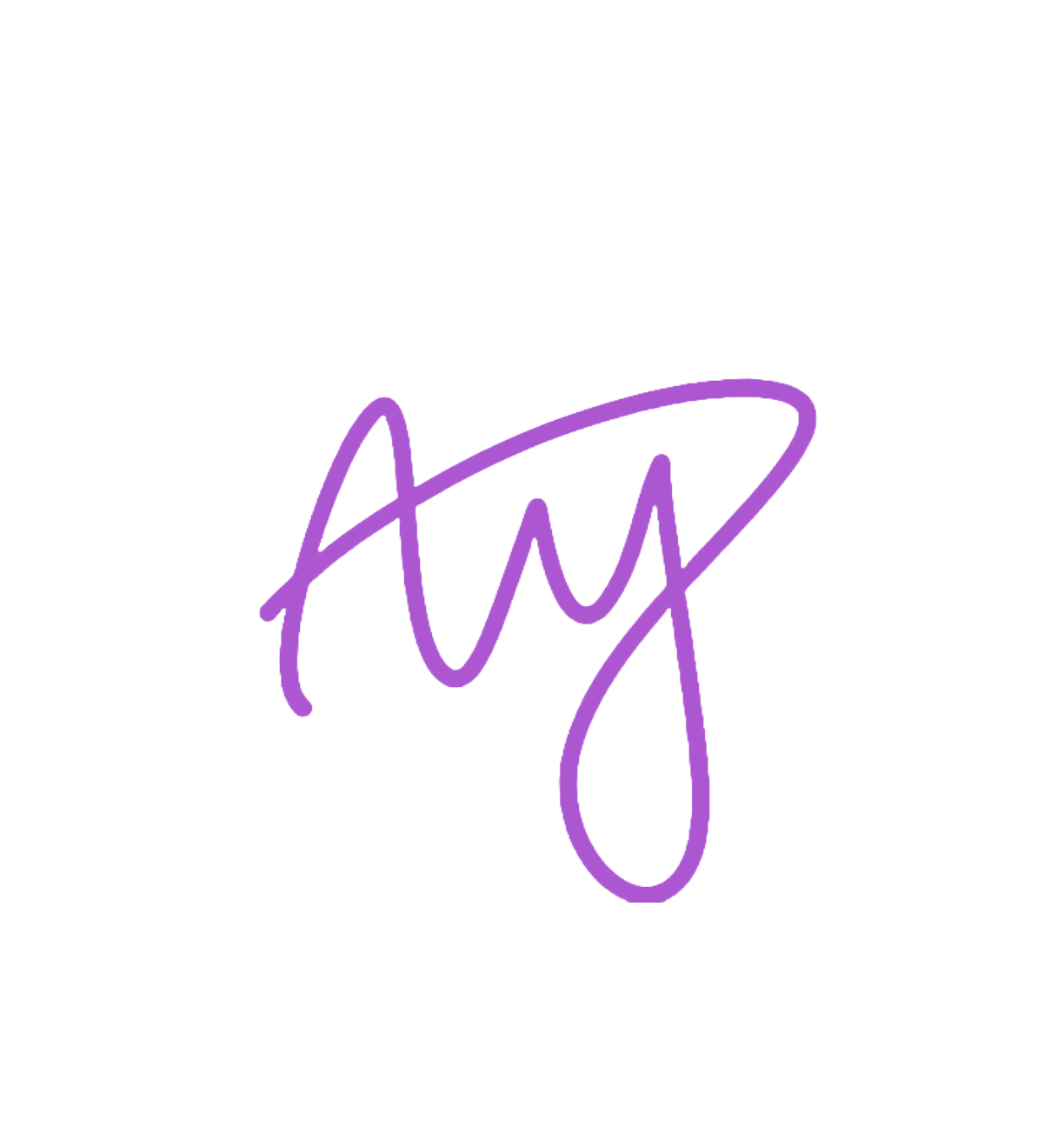
Kenny (Navier CTO) + Team + Final Deliverable

Final Assembly

Sonar Pod
This was a project in collaboration with the electric hdyro-foiling boat company, Navier. I worked as a Mechanical Engineering Consultant on a project where we were tasked to research, develop, and test a sonar enclosure and mounting rig for a Garmin PS51. Our three main objectives were:
1. Create an acoustically transparent sonar pod fairing to house the sonar + electronics
2. Design and machine an external and deployable mount for the sonar pod
3. Ensure the design is fully removable and maintains hydrodynamics
2. Design and machine an external and deployable mount for the sonar pod
3. Ensure the design is fully removable and maintains hydrodynamics
I was in charge of creating the hydrodynamic sonar pod fairing that houses the forward-facing sonar, and saw the design through to production and delivery.
Challenge 1: Material Selection
Requirements for the sonar pod included acoustic transparency, corrosion resistance, mechanical strength, low resonance, and high strength-to-weight ratio. Since our sonar was a through-hull sonar, we decided to go with a material that was acoustically transparent and easy to use in fabrication. From reading literature and doing research, we found that polymers were the best in terms of acoustic transparency and that composite materials would provide the highest strength-to-weight ratio. We also found 3D printing to be the most viable manufacturing option for us, so we decided to use Carbon Fiber PETG.
Challenge 2: Hydrodynamics
Our second challenge was creating a sonar fairing that was hydrodynamic, yet could still enclose the entire sonar. Since the fairing would be mounted to the front of the boat and would be the first to break any water as it accelerates, we needed a fairing with a foil profile on both the XY-plane and the XZ-plane cross sections. We were also limited in its width by our 3D print bed's dimensions and had to opt for the smallest foil possible for our sonar.
Since we did not want to generate any lift, we decided to go with a symmetrical foil type, modeling after the Eppler 862.
Since the sonar pod was quite tall, we decided to split the pod into 3 main sections that were all 3D printable and secured using plastic welding.
Taken from our final deliverable presentation, the final pod design incorporated a sonar positioner that locked the sonar into place and prevented any rotation, support ribs to further reinforce the 3 sections, a flange interface for the mounting system, and a hydrodynamic profile.



Originally, the design did not have a cutout for the sonar face, but after thorough testing, we found that better readings came from the cut away. Although it came with the cost of increased drag, the tradeoff for better readings was decided as the best option by Navier engineers. Using 80/20 extrusions, we were able to mount the sonar pod to a hydrofoil mount.


We ran Ansys CFD simulations to validate our hydrodynamic designs. Using both 3D and 2D simulations, we were able to optimize our drag coefficients and minimize pressure forces.
Challenge 3: Mounting System
Our final challenge was mounting this sonar pod so that it was consistently underwater throughout travel. Since the N30 is a foiling boat, it rises out of the water, requiring the mount to be quite long. We used a 80/20 slotted piece to lock the entire assembly to the boat, 3D printed foil profiles for the length of the 80/20 extrusions, and created a bracket mounting system to attach the pod to the angled extrusion.
All of these pieces were made of 6061 Aluminum for its corrosion resistance and were machined in our school's shop.

80/20 extrusion sliding on mount

Machined drop-in locking mount











